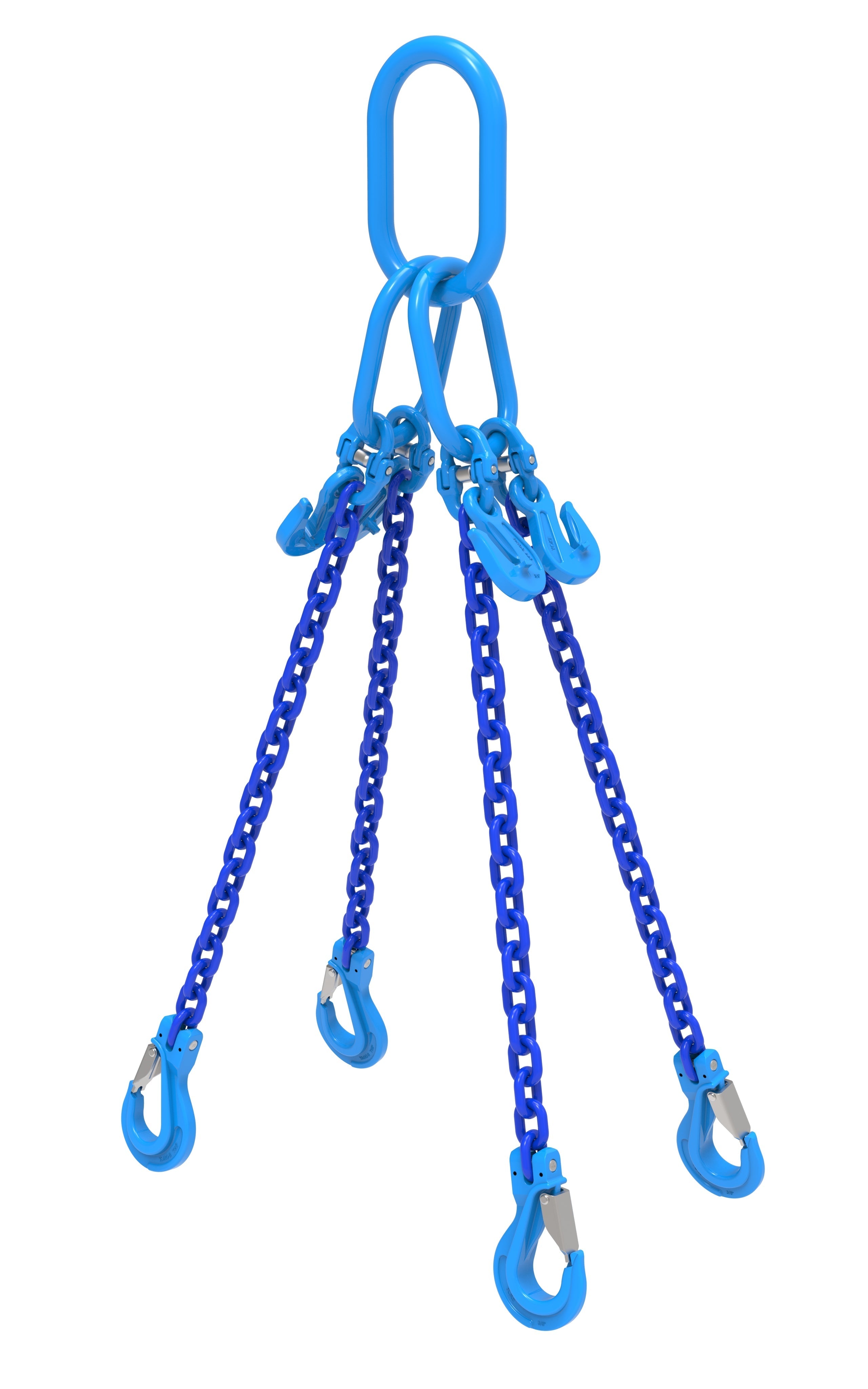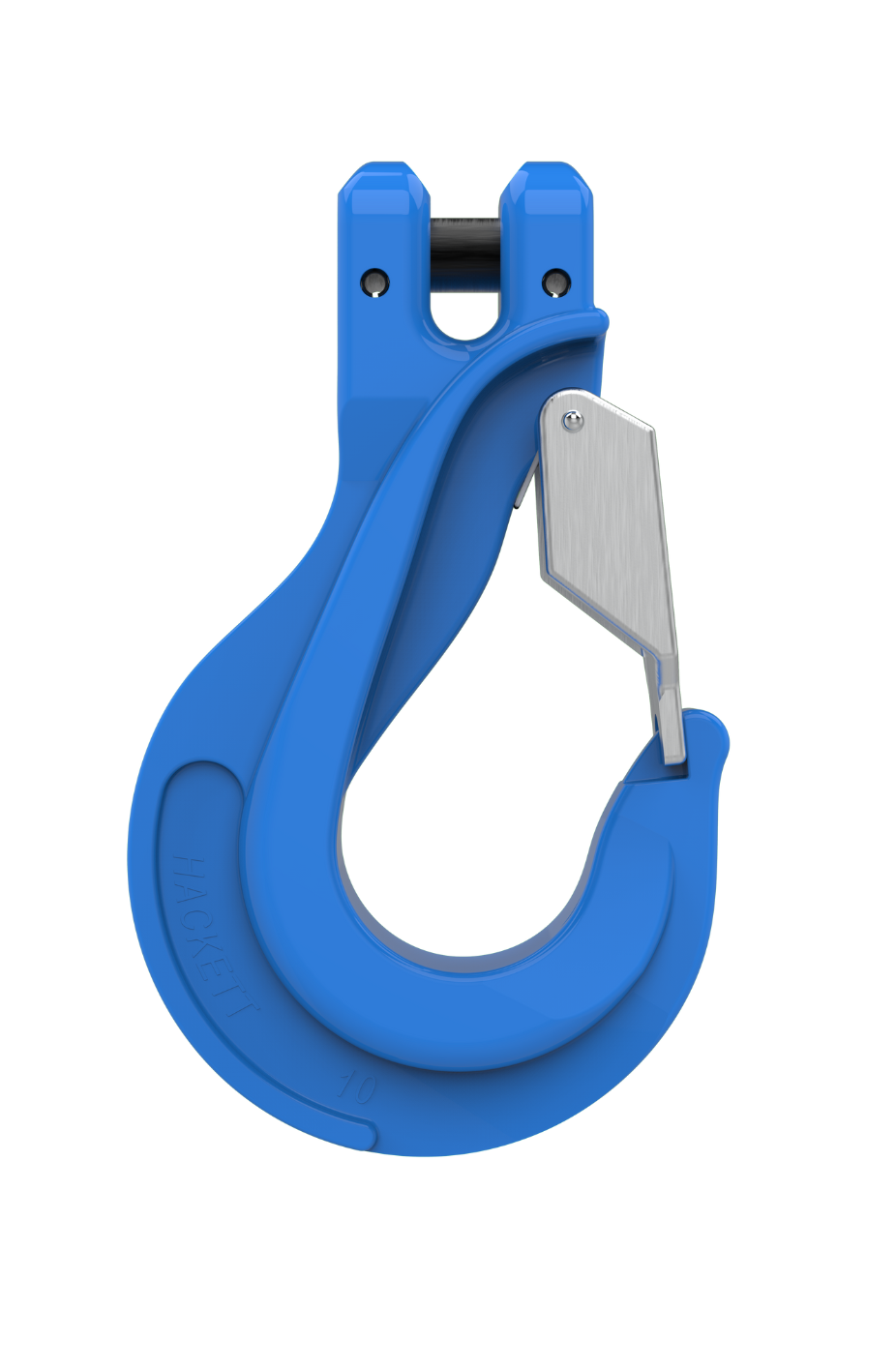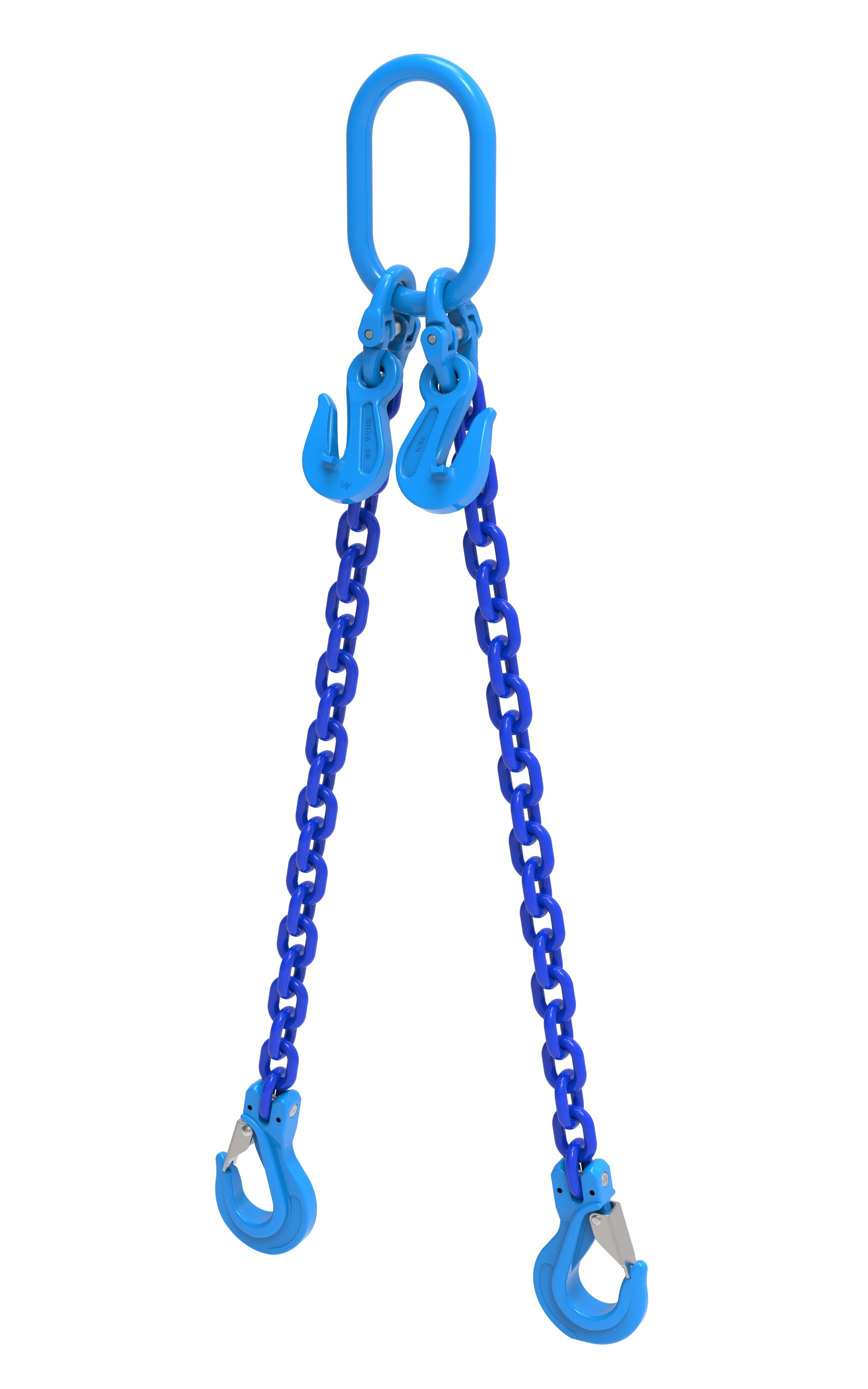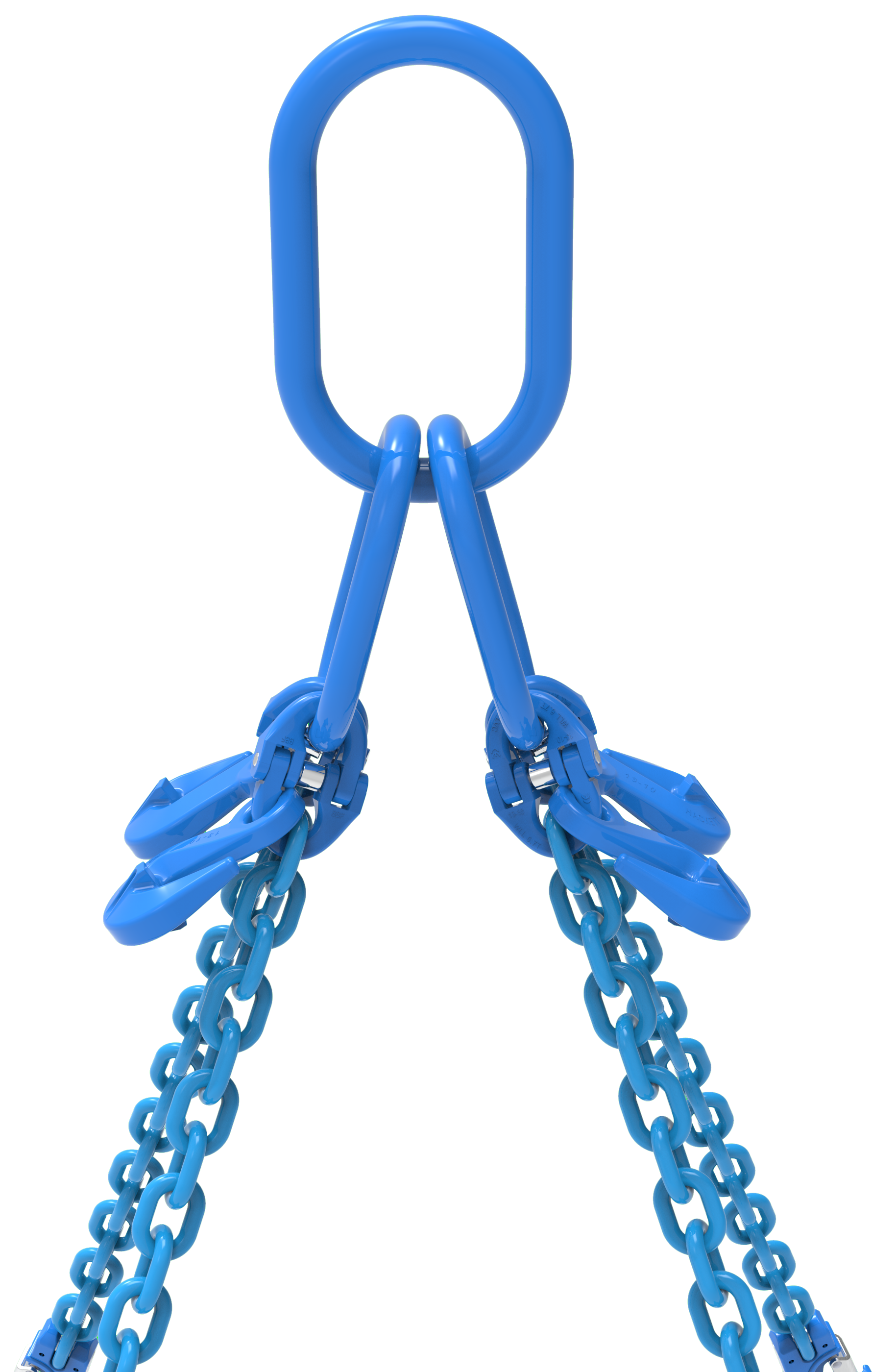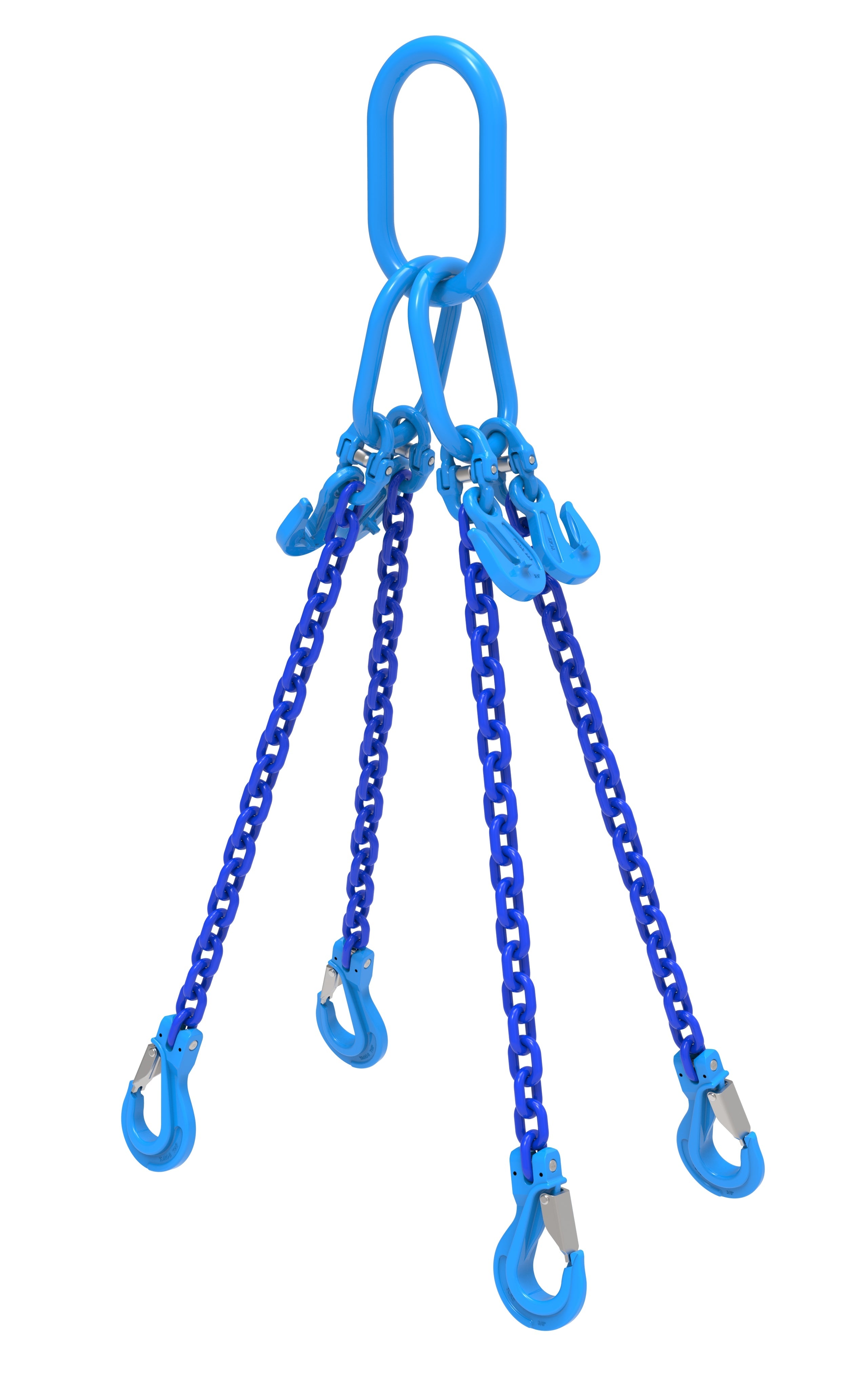If you're navigating the world of lifting chains and wondering how to choose the correct weight for your lifting operations, you're in the right place. In this guide, we'll unravel the key considerations to ensure you select the perfect lifting chain weight for your specific needs.
Understanding Working Load Limit (WLL):
The Working Load Limit (WLL) is the maximum weight that a lifting chain is designed to safely handle. When choosing the correct weight for your chain sling, it's crucial to:
1. Know Your Load Weight:
- Accurately determine the weight of the load you intend to lift. This includes the actual weight of the object and any additional accessories or attachments.
2. Factor in Dynamic Loading:
- Consider dynamic loading, which accounts for the impact or shock that may occur during lifting. Certain applications, such as lifting machinery or materials with sudden movements, may require a higher WLL to accommodate dynamic forces.
Matching Chain Size to Load Weight:
The size of the lifting chain is directly related to its WLL. Here's how to ensure a proper match:
1. Refer to Manufacturer Specifications:
- Consult the manufacturer's specifications for the lifting chain to determine the WLL for each size.
- Match the size of the chain to the weight of your load, ensuring the WLL is equal to or greater than the load weight.
2. Consider Chain Configuration:
- Different chain configurations, such as single, double, or triple leg slings, may have varying WLLs.
- Choose the appropriate chain configuration based on the load weight and lifting requirements.
Adhering to Safety Standards:
Ensuring safety in lifting operations is paramount. Follow these safety guidelines:1. Factor in Environmental Conditions:
- Consider environmental factors, such as temperature, corrosion, or exposure to chemicals, which can affect the strength and integrity of the chain sling.
- Choose a lifting chain with suitable materials and coatings for the specific working conditions.
2. Regular Inspections:
- Implement a regular inspection schedule to assess the condition of your slings.
- Inspect for signs of wear, corrosion, or damage, and replace any compromised components promptly.
Conclusion:
Choosing the correct weight for hoisting chains is a critical step in ensuring the safety and efficiency of your lifting operations. At SlingSmarter, we offer a range of lifting chains designed for various applications. Explore our products today to elevate your lifting experience with confidence. Trust SlingSmarter for all your lifting and rigging needs!

